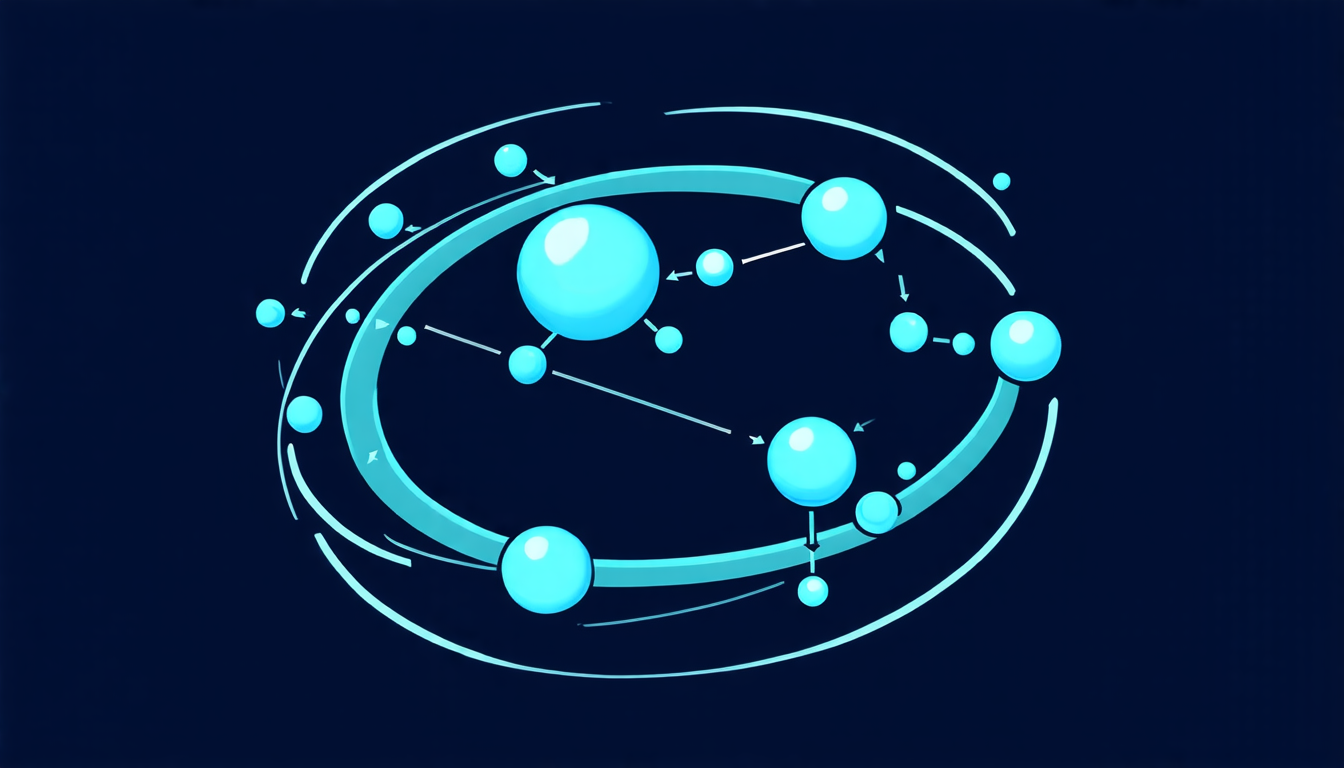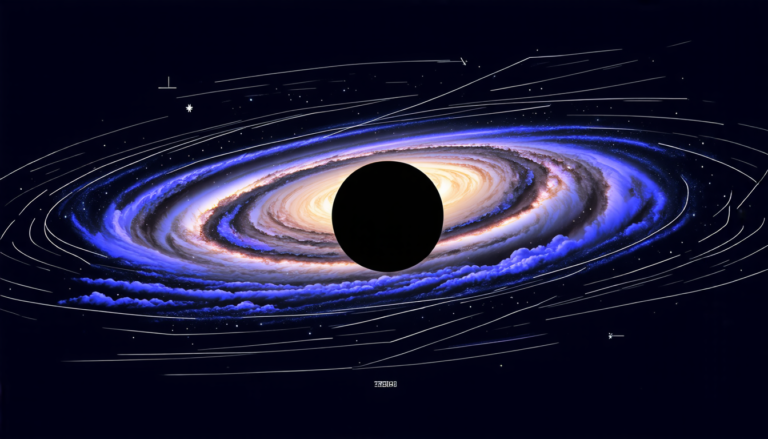Monday 08 September 2025
A new way of understanding the building blocks of matter has emerged, offering a fresh perspective on the intricate dance between protons and neutrons within atomic nuclei.
The study, published in Physical Review C, delves into the world of few-body systems – clusters of nucleons (protons and neutrons) that form when high-energy collisions create new particles. By solving the Schrödinger equation for these systems, researchers have been able to calculate the wave functions and densities of light nuclear clusters and hypernuclei.
Hypernuclei are nuclei that contain at least one hyperon – a subatomic particle heavier than a proton or neutron. They can provide valuable insights into the strong interaction between particles, which plays a crucial role in shaping the universe as we know it.
The researchers employed realistic nucleon-nucleon and nucleon-Λ potentials to calculate the wave functions and densities of various clusters, including deuterons (a proton and a neutron), tritons (two neutrons and one proton), and helium nuclei. They also explored hypernuclei containing one or more hyperons.
The results show that the experimental root mean square radii and binding energies of these clusters are well reproduced by the calculations. This means that the theoretical framework provides an accurate description of these few-body systems, which is essential for understanding the strong interaction in dense nuclear environments.
One of the key implications of this study is its potential to improve coalescence approaches – methods used to identify clusters created in heavy-ion collisions. By better understanding the properties of these clusters, researchers can refine their analysis of experimental data and gain more insight into the underlying physics.
The work also highlights the importance of few-body systems in nuclear physics. These systems allow researchers to explore the strong interaction in a controlled environment, shedding light on the intricate relationships between protons, neutrons, and hyperons.
As scientists continue to push the boundaries of our understanding, this study demonstrates the power of theoretical calculations in illuminating the mysteries of matter at its most fundamental level. By combining cutting-edge computational methods with rigorous mathematical frameworks, researchers are able to uncover new truths about the building blocks of the universe.
Cite this article: “Unveiling the Secrets of Atomic Nuclei: A New Perspective on Proton-Neutron Interactions”, The Science Archive, 2025.
Nuclear Physics, Few-Body Systems, Protons, Neutrons, Hyperons, Strong Interaction, Atomic Nuclei, Schrödinger Equation, Wave Functions, Densities







